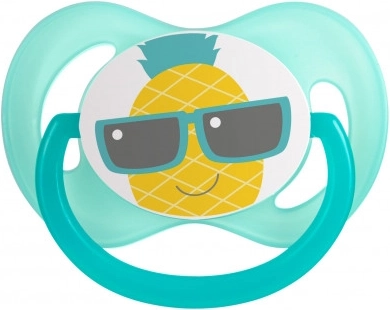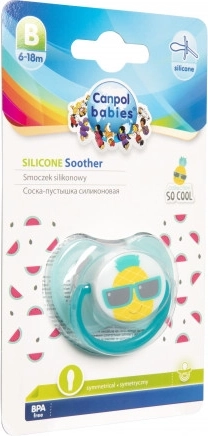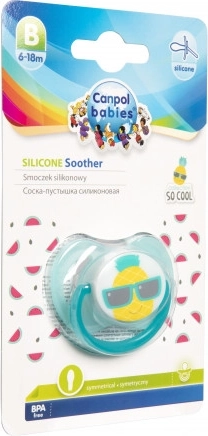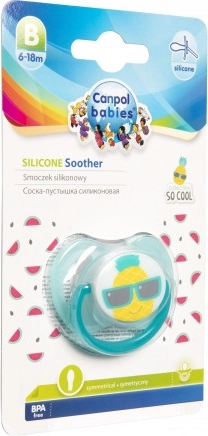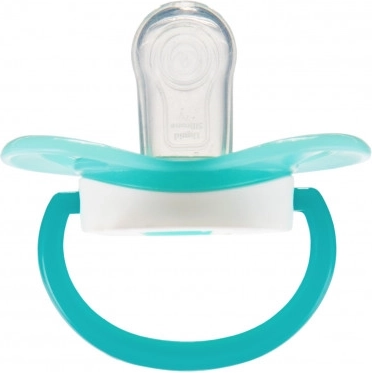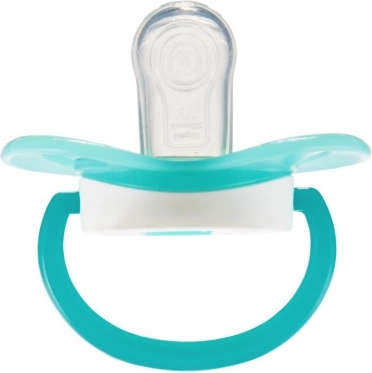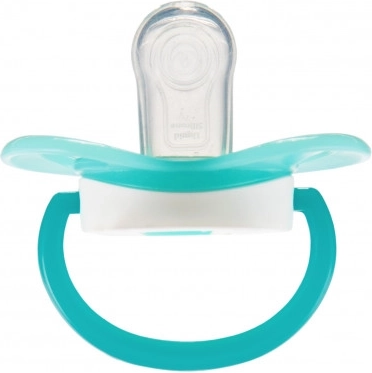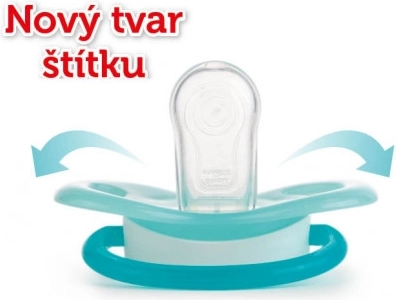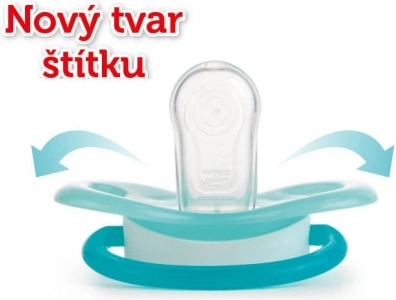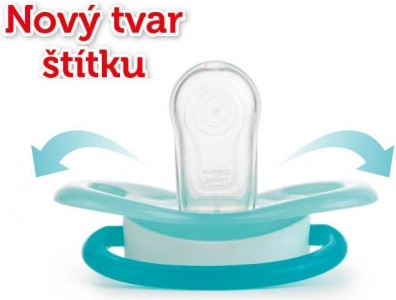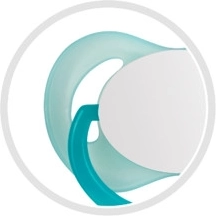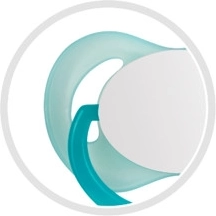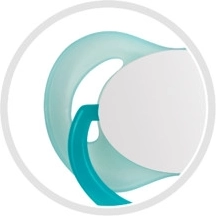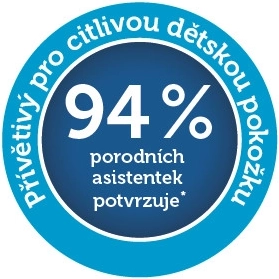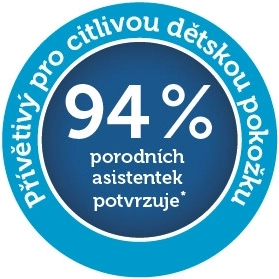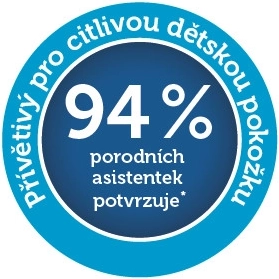The silicone pacifier is made of transparent silicone that is completely tasteless and odorless. The pacifier is BPA-free. Pack contains 1 piece. Benefits of Canpol babies pacifiers: Vented shield ensures free airflow. Symmetrical silicone teat. Practical ring for easy handling and for attaching the pacifier to a chain. Colorful and original design. Available in various attractive colors. Add a matching pacifier clip in the same design. Instructions for use: Before first use, sterilize the pacifier for about 5 minutes in boiling water for hygiene reasons. After it cools, squeeze out any remaining water from the pacifier. Before each use, wash the pacifier thoroughly in warm water. Do not use antibacterial or chemical cleaning agents. Excessive use of cleaning agents may damage plastic parts. Never dip the pacifier in sweet substances or medicines—you expose the child to the risk of tooth enamel damage. Use the pacifier for a maximum of 1–2 months, then replace it with a new one for hygiene and safety reasons. If the pacifier enters the child’s mouth, DO NOT PANIC—the pacifier is designed so the child cannot swallow it, and you can safely remove it in such cases. Remove the pacifier as carefully as possible. Store the pacifier in a clean, dry, and closed case. We recommend not using a pacifier for a child over 3 years old. Important! For your child’s safety and health! Before each use, check the pacifier’s condition. Test the teat by pulling it firmly in all directions. At the first signs of damage, discard the pacifier immediately and do not use it further. Use only pacifier holders that comply with EN12586. Never attach the pacifier to cords, laces, or ribbons from clothing. The child may choke. Do not leave the pacifier in direct sunlight, near a heat source, or in disinfectants longer than recommended—you may weaken the teat. The silicone pacifier complies with: Directive 2001/95/EC of the European Parliament and of the Council on general product safety; EN 1400-1 Child care articles — Soothers for babies and young children — Part 1: General safety requirements and product information; EN 1400-2 Child care articles — Soothers for babies and young children — Part 2: Mechanical requirements and tests; EN 1400-3 Child care articles — Soothers for babies and young children — Part 3: Chemical requirements and tests.
